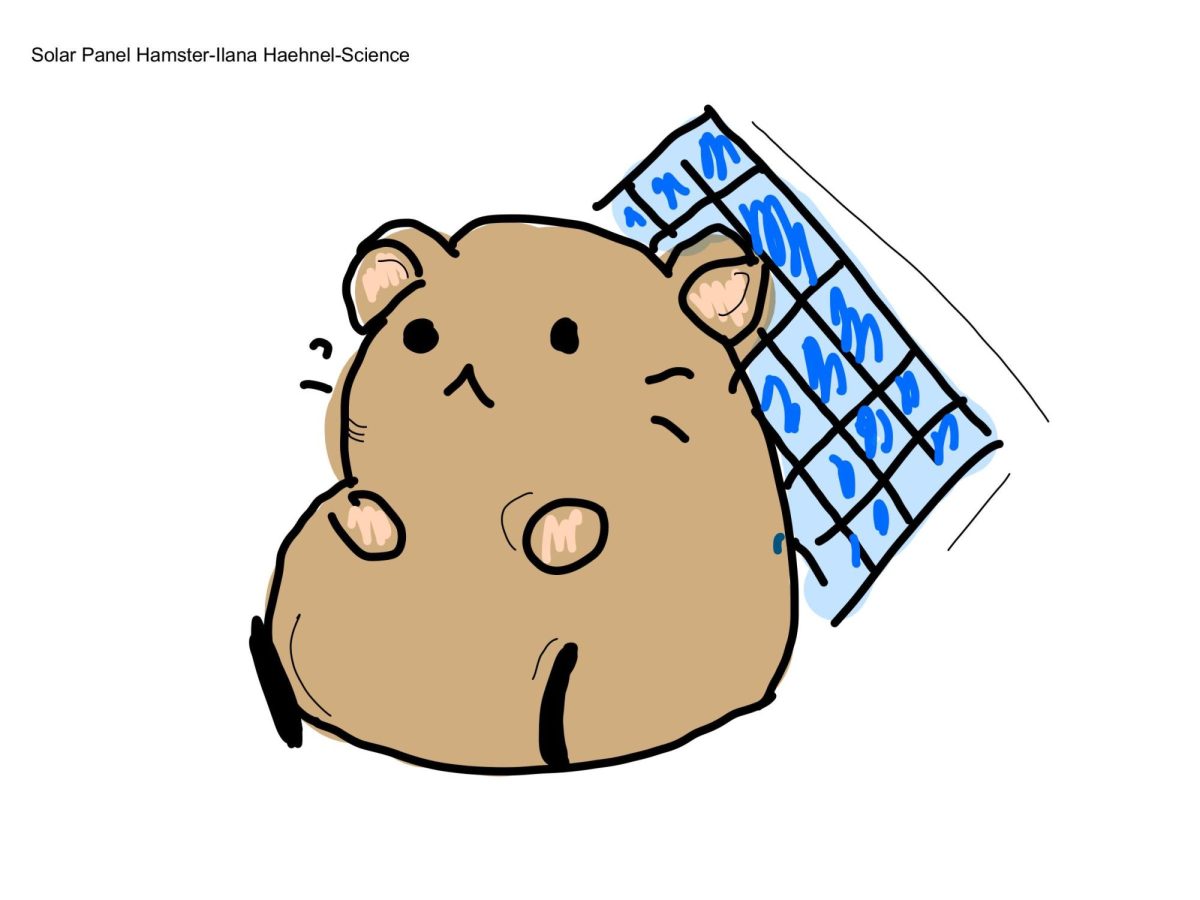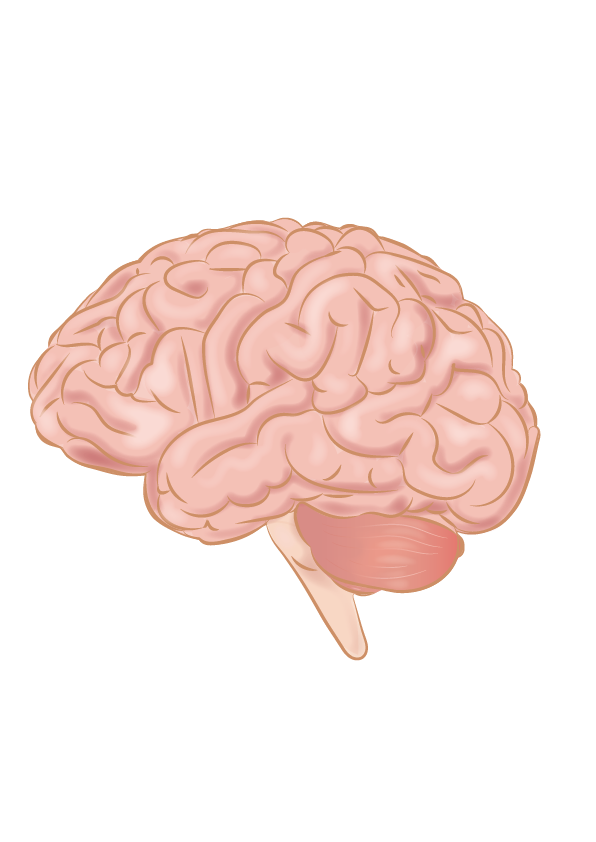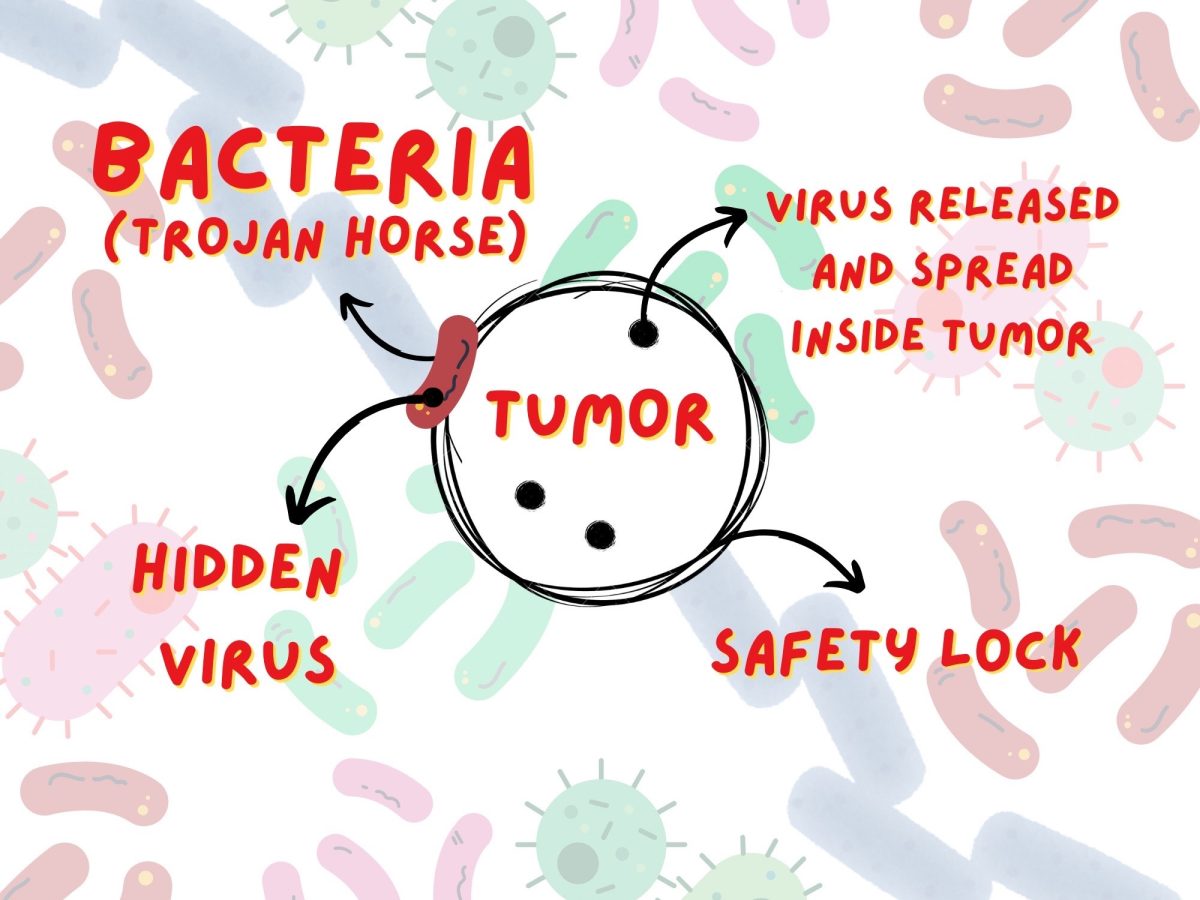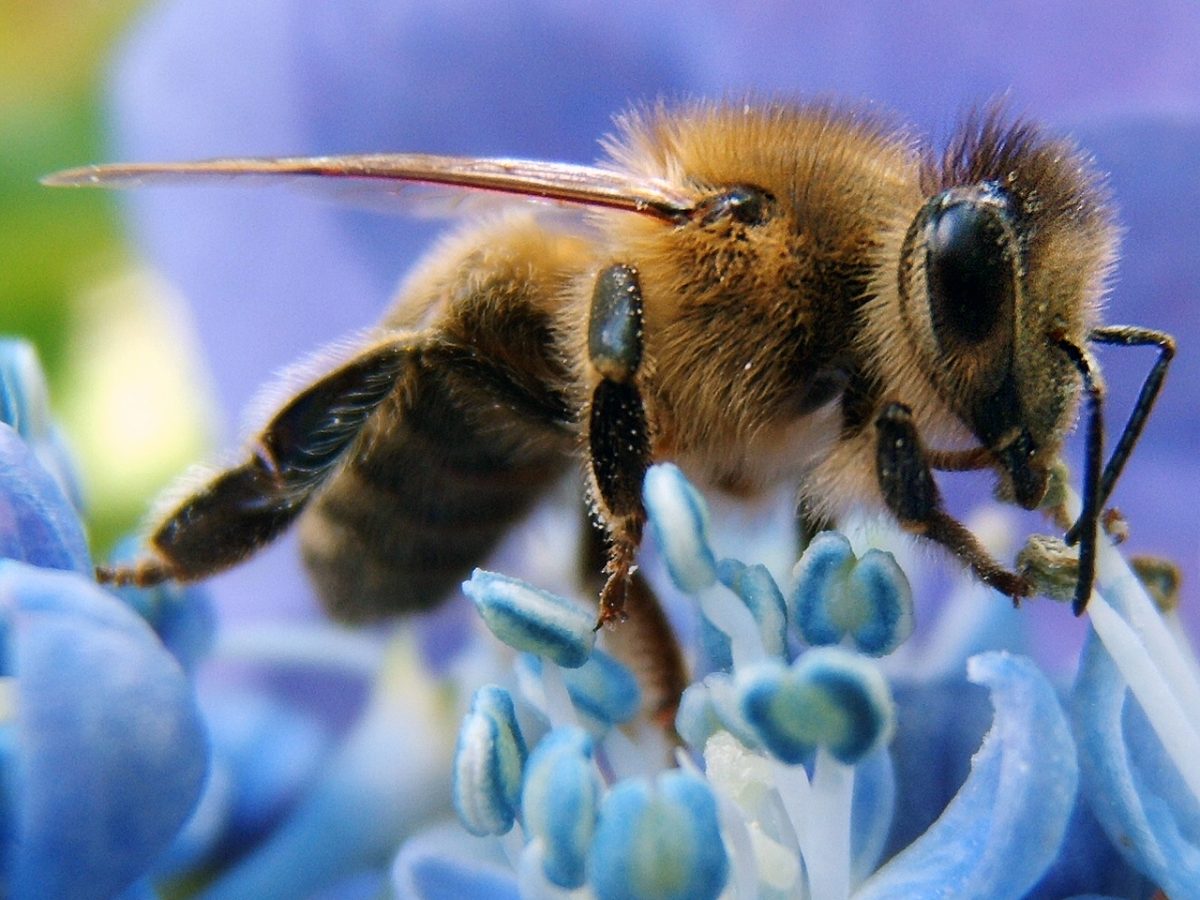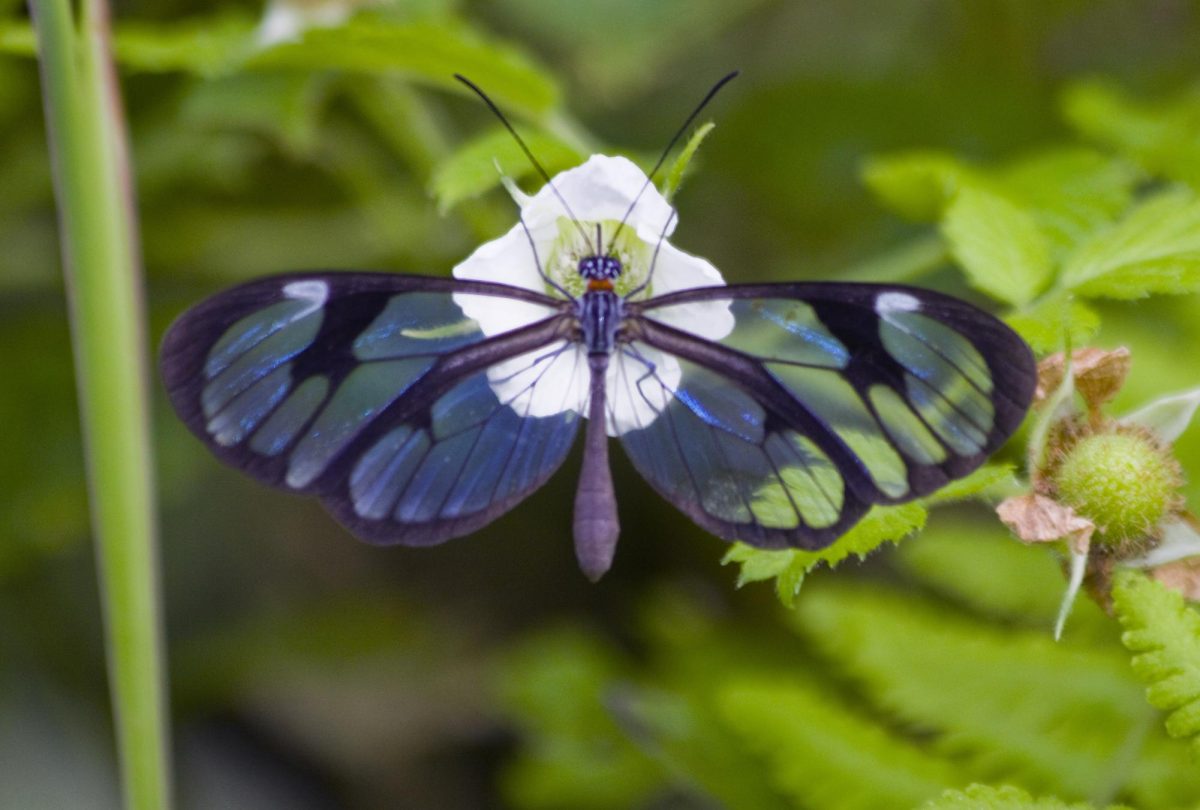Scientists at The University of Tokyo have integrated chloroplasts, the energy-producing organelles found in plants and algae, into hamster cells, enabling them to perform photosynthesis for up to two days. This research offers the possibility of transformative applications in tissue engineering and sustainable biotechnology.
Chloroplasts are essential for photosynthesis, a process that uses sunlight to convert carbon dioxide and water into oxygen and chemical energy. Previously, the notion of combining chloroplasts with animal cells seemed infeasible. However, researchers have successfully isolated functional chloroplasts from the red algae Cyanidioschyzon merolae and incorporated them into cultured hamster cells. For the first time, photosynthetic electron transport activity was observed in these modified animal cells.
The chloroplasts were introduced into hamster cells through co-cultivation, where the cells and chloroplasts were combined in a shared environment. Once inside the cells, the chloroplasts retained their structure and function, staying within intracellular vesicles near the nucleus. Using advanced imaging techniques, such as super-resolution microscopy and electron microscopy, researchers confirmed that chloroplast activity remained active for at least two days after incorporation.
Professor Sachihiro Matsunaga, a senior researcher involved in the study, said the results exceeded expectations. “We thought the chloroplasts would be digested by the animal cells within hours,” Matsunaga said in a press release. “However, what we found was that they continued to function, enabling photosynthetic activity to occur.”
Tests using light pulses confirmed the electron transport process, and researchers noted an unexpected bonus: cells containing chloroplasts demonstrated faster growth rates. This suggests that the chloroplasts not only supplied oxygen but also provided an additional carbon source to fuel the animal cells.
Although the achievement marks significant progress, challenges remain. One major limitation is the short lifespan of the chloroplasts within the animal cells. The two-day window limits potential applications. Extending this time frame is a critical focus for future research. The integration process also requires delicate conditions to preserve photosynthetic activity. This creates an obstacle to scaling up the technology. The study was conducted on individual cultured cells, and applying the process to complex tissues or entire organisms would require overcoming significant technical and biological hurdles.
Despite these limitations, the researchers envision promising applications in tissue engineering. Lab-grown tissues, such as artificial organs, meat and skin, often struggle to thrive due to oxygen deficiencies in their inner layers. This hypoxia hinders cell division and tissue expansion. By incorporating chloroplast-infused cells, researchers propose that photosynthesis could supply oxygen and energy, enhancing tissue growth under light exposure.
“By mixing in chloroplast-implanted cells, oxygen could be supplied to the cells through photosynthesis,” Matsunaga said. “This could improve conditions inside the tissue to enable growth.”
This technology could also advance sustainable biotechnology. Researchers are exploring ways to develop “planimal” cells, hybrid cells combining features of plants and animals. These cells could be used in artificial tissue engineering and facilitate a shift toward carbon-neutral solutions.
The team is continuing to refine the technology, aiming to improve the functionality and lifespan of chloroplasts within animal cells. They are also investigating the exchange of substances between the chloroplasts and host cells to better understand the mechanisms behind the observed benefits and their subsequent loss of functionality.
While photosynthetic animal cells may not be ready for immediate practical use, the potential applications in medicine, agriculture and environmental science cannot be overstated. Whether used to grow artificial organs or develop new methods of carbon capture, this breakthrough represents a crucial step toward integrating plant and animal systems in a shared scientific future.


